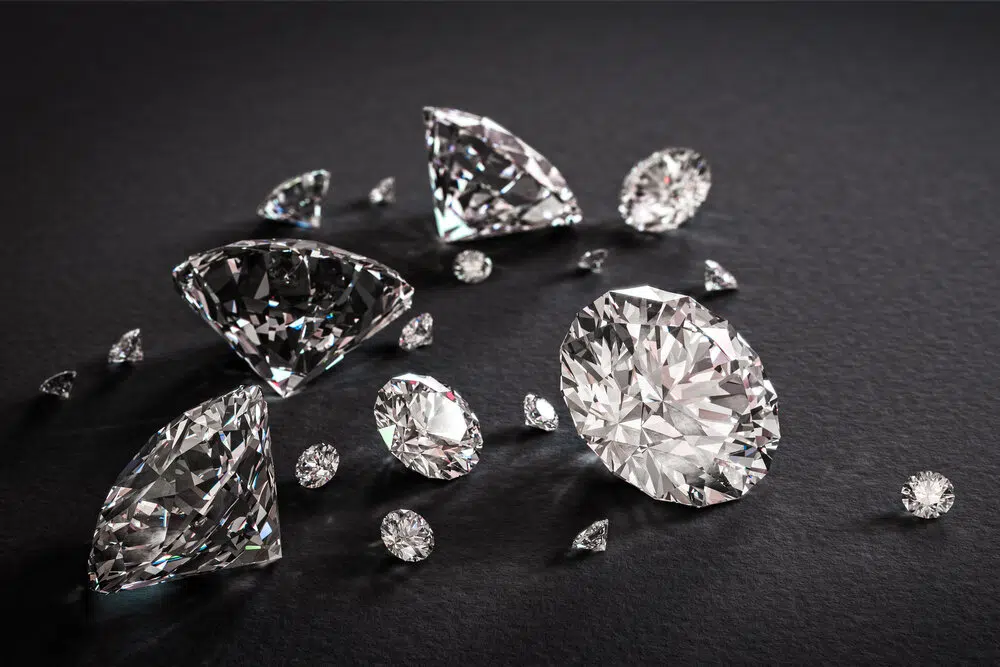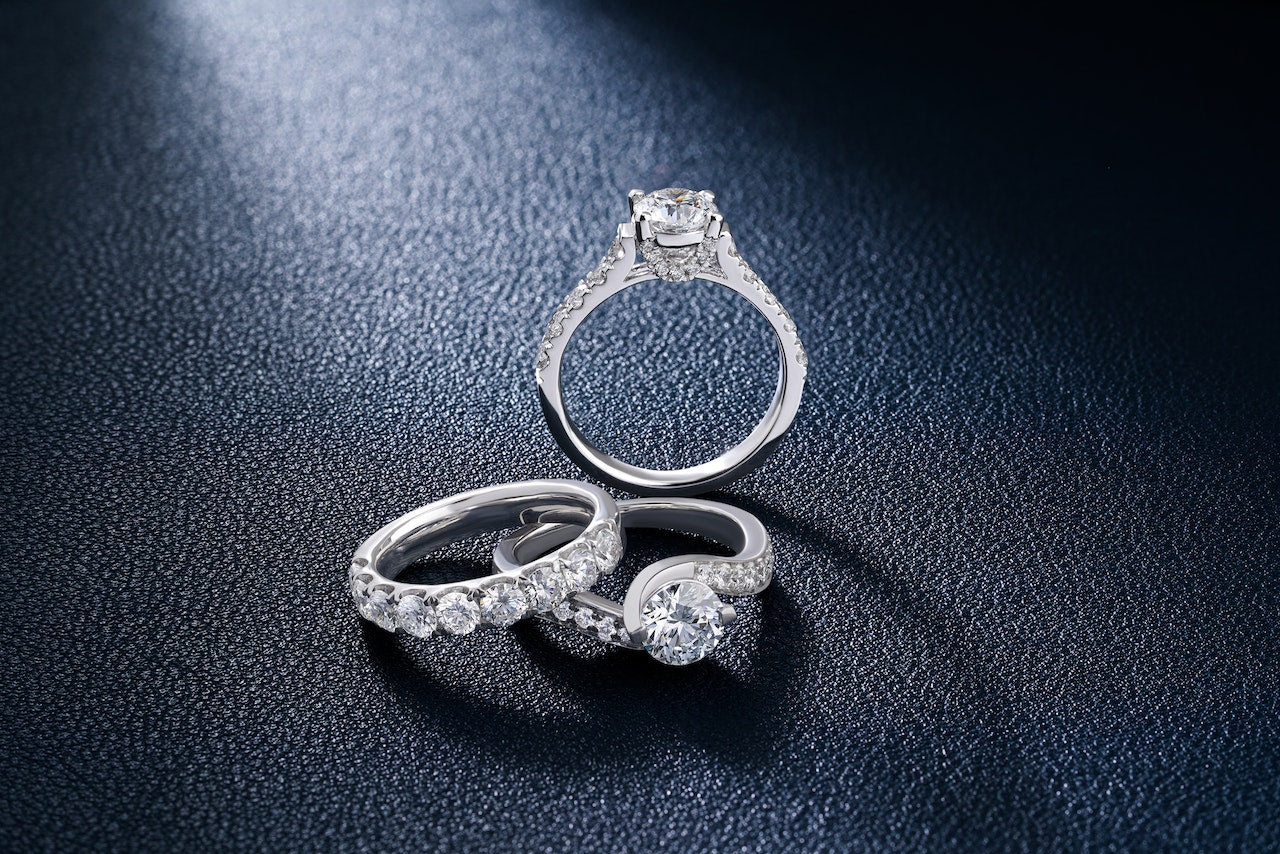What Are Lab Diamonds?
The Science Behind Lab Diamonds
Lab diamonds, also known as synthetic or cultured diamonds, are created in controlled environments using advanced technology. The two primary methods of production are High Pressure High Temperature (HPHT) and Chemical Vapor Deposition (CVD). Both methods yield diamonds that are chemically identical to natural diamonds, making them a remarkable feat of modern science.
Differences Between Lab and Natural Diamonds
While lab diamonds share the same physical and chemical properties as natural diamonds, their origins are different. Natural diamonds are formed over millions of years deep within the Earth, often involving significant environmental disruption. lab diamonds cut grading, on the other hand, are produced in weeks, allowing for a more eco-friendly approach to diamond creation.
What Is Cut Grading?
Importance of Cut in Diamond Quality
Cut grading is one of the most critical factors in determining a diamond’s overall quality and beauty. Unlike the other Cs—color, clarity, and carat weight—cut refers to how well a diamond has been shaped and polished. A well-cut diamond will reflect light beautifully, while a poorly cut diamond can appear dull, no matter its color or clarity.
How Cut Affects Brilliance
The cut of a diamond influences its brilliance and sparkle. A diamond that is cut to the correct proportions will reflect light effectively, creating that iconic twinkle that many people associate with diamonds. Conversely, a diamond with poor cut grading will struggle to reflect light properly, leading to a less impressive appearance.
The Four Cs of Diamond Grading
Cut
The cut is often considered the most important of the Four Cs. It encompasses several elements:
Shape and Proportions
Different diamond shapes—like round, princess, or emerald—have specific proportions that affect their appearance. For example, a round brilliant cut is designed to maximize light return, resulting in exceptional sparkle.
Polish and Symmetry
Polish refers to the smoothness of the diamond’s facets, while symmetry pertains to how well the facets are aligned. Both factors play a significant role in a diamond’s overall brilliance. A well-polished and symmetrical diamond will have better light performance than one that is not.
Color
Color grading evaluates the hue of a diamond, ranging from colorless to light yellow or brown. The less color, the higher the grade, with colorless diamonds typically commanding a higher price.
Clarity
Clarity measures the presence of internal or external flaws, known as inclusions and blemishes. A diamond with fewer flaws is considered more valuable.
Carat Weight
Carat weight indicates the size of the diamond. While larger diamonds are often more valuable, the other Cs play a significant role in overall worth as well.
Factors Affecting Lab Diamond Cut Grading
Shape
The shape of the diamond can greatly influence its cut grade. Certain shapes may require more precise cutting techniques to enhance their brilliance and overall aesthetic.
Depth and Table Percentage
The depth and table percentage—the ratio of the table’s diameter to the overall depth—are crucial in determining how well a diamond reflects light. A well-balanced depth and table percentage will lead to a more brilliant diamond.
Facet Angles
The angles at which the facets are cut also play a significant role in light performance. Even slight deviations in angle can significantly affect how light interacts with the diamond.
Common Cuts and Their Characteristics
Round Brilliant Cut
The round brilliant cut is the most popular diamond shape, designed to maximize light return. It features 58 facets, providing exceptional sparkle.
Princess Cut
The princess cut is a modern favorite, known for its square shape and brilliant facets. It combines the elegance of a square diamond with the sparkle of a round diamond.
Emerald Cut
The emerald cut has a unique rectangular shape and features large, open facets. Its elegance lies in its understated beauty, emphasizing clarity over brilliance.
Cushion Cut
The cushion cut combines a square shape with rounded corners, offering a vintage appeal. Its larger facets allow for greater light reflection, giving it a romantic feel.
Evaluating Lab Diamonds
Using Professional Grading Services
When purchasing lab diamonds, it’s wise to seek lab created diamonds that come with professional grading from a reputable gemological laboratory. This certification provides a detailed evaluation of the diamond’s cut, color, clarity, and carat weight, ensuring you make a well-informed decision.
DIY Evaluation Tips
If you’re considering evaluating a lab diamond yourself, look for the following:
- Examine the Sparkle: Hold the diamond under different lighting conditions to see how it reflects light.
- Check for Symmetry: Look for consistent facet alignment, which affects overall brilliance.
- Use a Loupe: A jeweler’s loupe can help you inspect clarity and polish closely.
Lab Diamonds vs. Mined Diamonds: A Cut Comparison
Perception of Value
Mined diamonds have traditionally held a more significant perceived value, often tied to their rarity. However, lab diamonds are changing that narrative as they become more accepted in the luxury market.
Market Trends
The market for lab diamonds is expanding, driven consumer demand for ethical and sustainable options. As more consumers become aware of the benefits of lab diamonds, their acceptance continues to grow.
The Future of Cut Grading in Lab Diamonds
Technological Advances
As technology continues to evolve, so will the methods used to produce and grade lab diamonds. Innovations in cutting techniques and grading technology will enhance the overall quality and appeal of lab diamonds.
Consumer Awareness
With increasing awareness of ethical sourcing and sustainable practices, consumers are more inclined to consider lab diamonds. This shift in perspective will likely influence future market trends and grading practices.
Conclusion: Choosing the Right Lab Diamond
Understanding lab diamond cut grading is essential for anyone looking to purchase these stunning stones. With their ethical production methods and increasing popularity, lab diamonds offer a beautiful alternative to mined diamonds. By considering the factors that contribute to cut grading and utilizing professional resources, you can confidently select the perfect lab diamond that suits your style and values. Embrace the sparkle, and enjoy the journey of finding a gem that shines as brightly as your intentions!




